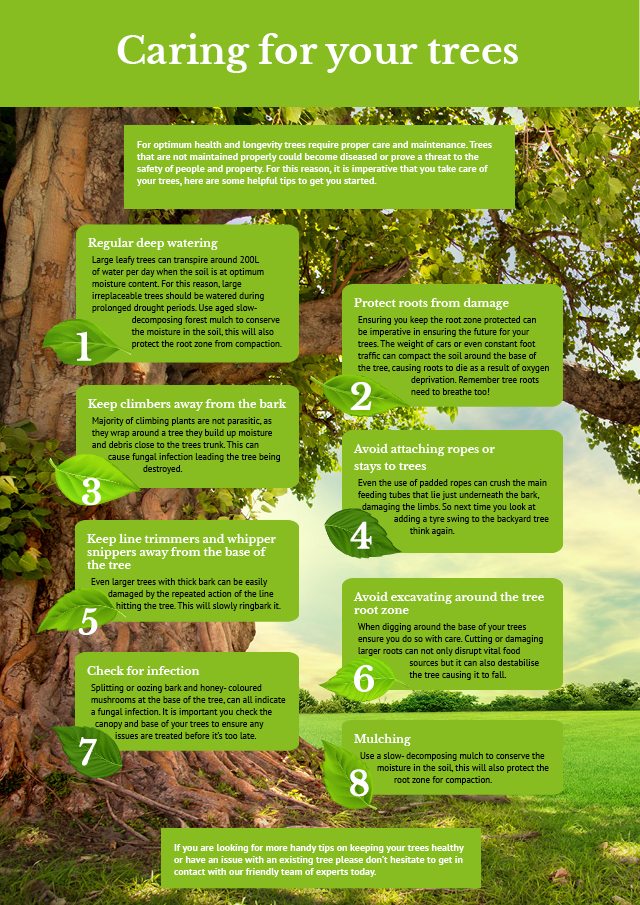Securing Your Landscape: Replanting After Tree Removal
Securing Your Landscape: Replanting After Tree Removal
Blog Article
Article By-Thorup Gravesen
Tree removal can leave a gap in your landscape that requires filling. You can grow something brand-new in that room, however it takes extra care and focus at the beginning to assist it flourish.
The soil in that area will maintain transforming gradually as microbes break down the old origins. That can influence the vitamins and mineral balance and physical room for new growth.
Soil
The soil in a story where a tree has been gotten rid of is likely to be extremely various from the remainder of your garden or lawn. The roots of the old tree and the stump will have changed the dirt, removing some nutrients and possibly crowding out other plants. Furthermore, if the previous tree was diseased, the contagious representative may still remain in the ground.
The presence of roots fosters a rich and diverse area of dirt microbes that boosts important processes like nutrient biking and raw material decay. Without these bacteria, the displaced dirt can become less abundant and nutrient-depleted, with a negative impact on plant growth.
Before replanting, the dirt ought to be removed of debris and natural material (such as wood chips from stump grinding). You might want to mix in potting soil or native dirt with this garden compost to provide your brand-new planting with a setting that is well balanced and loaded with nutrients.
Water
Tree origins soak up large quantities of water from the dirt. This process also includes nutrients back to the dirt, specifically nitrogen, which is important for brand-new trees and plants. However, old soil can be depleted of these vital minerals due to the worn out roots and stump from a removed tree.
This is why it's important to have a prepare for the future of your landscape. Preferably, the most effective time to plant is when you have a fresh start.
Whether you're planting turf or blossoms, make certain to use a soaker pipe to avoid overwatering your new landscape design. If the area was a yard, see to it to cover the dirt with natural compost to help keep moisture in the soil, regulate soil temperatures and suppress weeds. This likewise gives a layer of protection for young plants and promotes worm task. After that, routinely renew the mulch to continue boosting the soil nutrient density and microbial life. This is known as soil restoration.
Light
Trees are a terrific addition to any type of landscape, giving shade, visual pulchritude, and numerous other benefits. Nonetheless, sometimes trees end up being unattractive due to a selection of factors, consisting of illness, insect infestations and natural aging.
In such situations, it might be essential to remove a tree. It is essential to think about the worth of a certain tree in your landscaping and take the proper steps to guarantee that the elimination is done safely and efficiently.
During read the full info here , it's an optimal time to perform upkeep and inspections on existing trees. Look for indications of illness, insect problems, or structural damages, in addition to any possible hazards such as damaged or leaning trees.
Before beginning any type of building projects, make sure to safeguard the root areas of existing trees by avoiding soil compaction and rating around them. Organic matter, as it breaks down, can create noxious gases that are damaging to the roots of a tree. It's additionally a great concept to mulch the area around a tree after construction has ended up to preserve dampness and suppress weed growth.
Temperature level
Trees are very important to a landscape for their aesthetic appeal, but they likewise play a vital duty in the regional environment by offering shade and windbreaks. They support wildlife habitats and decrease the amount of carbon dioxide airborne, which can add to global warming. This is why it is a good idea to replant trees after removing one from the residential property.
When replanting a new tree in the location of a previous stump, the soil might not have adequate nutrients to support it. It is best to wait on a year before planting to make sure that the dirt will be rich in nutrients.
To ensure that replanted trees prosper, it is essential to provide them with appropriate treatment. A layer of compost will maintain soil dampness from vaporizing, manage dirt temperature, and help reduce weeds. Organic compost is the preferred choice because it improves dirt fertility. Recurring fertilization and parasite control are additionally important for replanted trees.